Fitbit Continuing Steps From Yesterday Surge
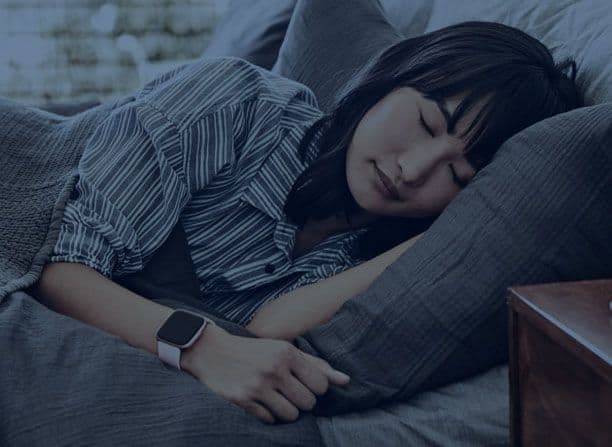
Fitbits are a great option if you want an insight into your sleep habits.
All Fitbit trackers except the Fitbit Zip monitor your sleep patterns, detecting how much time you spend awake, restless, and asleep.
If you own a newer version of Fitbit with a heart rate sensor, you get an even more detailed sleep report, showing light, deep, and REM sleep time.
These Fitbits use your movement and heart rate information to estimate how long you spend in light, deep, and Rapid Eye Movement (REM) sleep each night.
But what if the device on your wrist is not tracking sleep properly? Or it's inconsistent or even inaccurate?
Does your Fitbit say you've only had 2 hours of sleep when in reality, you know you've had 8? Or perhaps your sleep stages or sleep score are not showing?
If that sounds like your Fitbit and the Fitbit app, we've got some great troubleshooting tips that should get your Fitbit tracking your sleep accurately AND consistently!
Related reading
- How to set up and use Fitbit snoring detection features
- Is Fitbit not showing your sleep score? Try these fixes
- How to track your sleep using Apple Watch or iPhone using third-party apps
- Can't change the clock face on your Fitbit? Let's fix it
- Fitbit introduces Blood Glucose integration and more in its latest update
Try these tips when your Fitbit isn't tracking sleep
- Sync your Fitbit to the app.
- Clean your Fitbits sensors.
- Try wearing your Fitbit in a different position.
- Check your Fitbit battery level.
- Change sleep sensitivity settings.
- Don't select "going to bed."
- Check heart rate settings, especially if you don't see your sleep stages.
- Remove and re-add Fitbit.
- Restart Fitbit.
- Factory reset.
Understanding how Fitbit detects your sleep
Fitbit recognizes that you are sleeping only when your body is resting without significant movements for an hour .
Once your body passes that hour, your Fitbit begins gathering data about the quality of your sleep.
For the first few hours (less than 3), your Fitbit categorizes your sleep into three categories: restless, awake, or asleep. 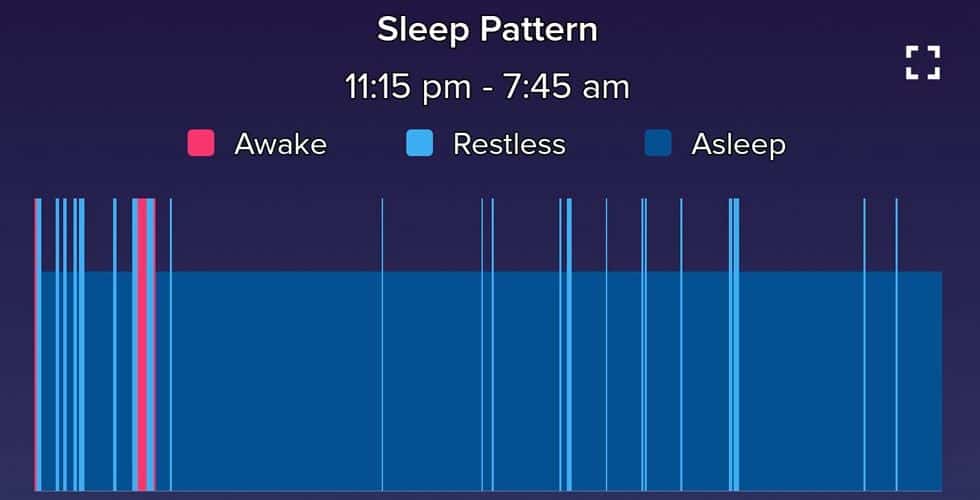
Once you pass the 3-hour threshold, it starts recording different types of sleep–called your sleep stages. These stages include light, deep, and REM (rapid-eye movement.)
Your Fitbit app then uses those sleep stages to calculate a sleep score. 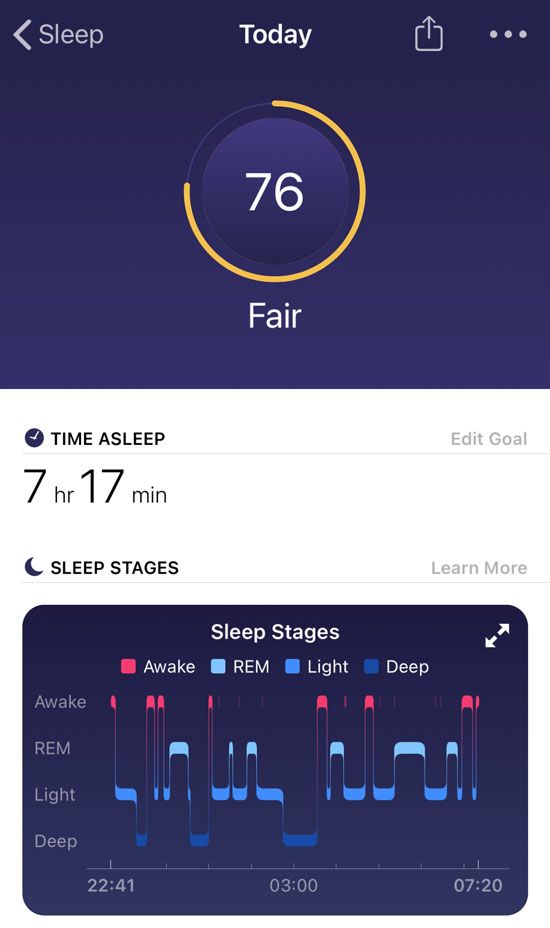
Not all Fitbits support sleep staging
Only Fitbits with heart-rate sensors can record your sleep stages.
Additionally, you must wear these Fitbits on your wrist/arm and set them to wrist mode to collect your sleep stage information.
However, both the Fitbit Charge HR and Fitbit Surge are exceptions and can't record sleep stages, even though they include heart rate sensors.
If your Fitbit does not have a heart rate sensor or is the Charge HR and Surge, it can only record when you are asleep, restless, or awake.
Sync your Fitbit with the app
It's important to sync your Fitbit after waking up to see your sleep statistics in the Fitbit app.
So if you're missing your previous night's sleep information (or even a couple of night's data), make sure you sync before thinking something is wrong. It may not be!
You can manually sync your Fitbit by tapping the Sync Now button in the Fitbit app's device menu.
Clean Fitbit sensors 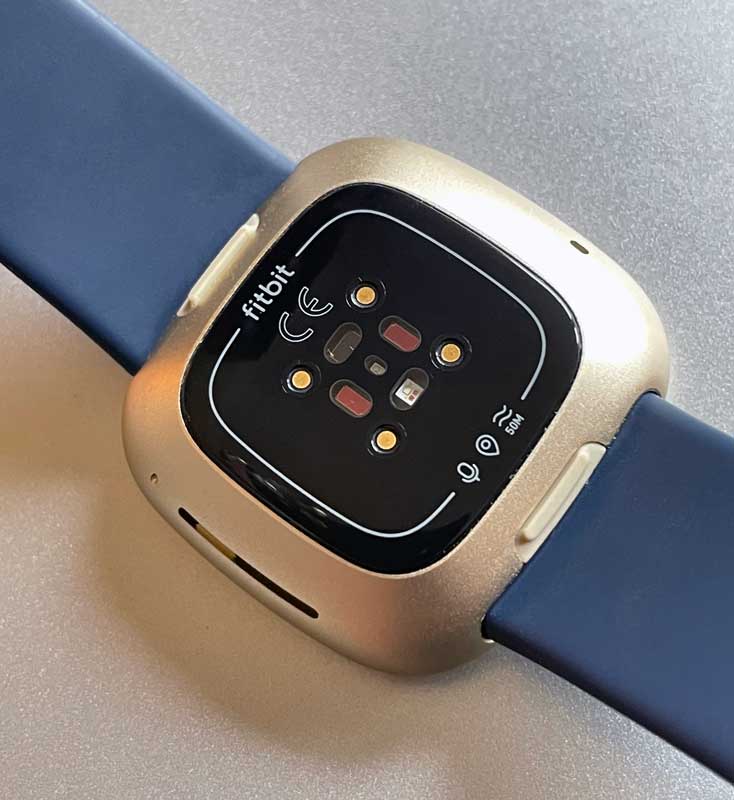
Cleaning your Fitbit often solves the problem since it removes any oil, dirt, or other grime that may impede your Fitbit sensors from gathering data.
Only use fresh water and a soap-free cleanser (like Cetaphil) to clean your Fitbit. Soap often leaves a residue that often results in worse performance!
Additionally, to minimize the potential for damage to your Fitbit, avoid direct contact with any lotion, including sunscreen or insect repellent sprays.
Skin lotions are also thought to reduce the effectiveness of the sensors—the same holds for tattoos.
So don't place the sensors in your wrist or arm areas with tattooed skin or in areas where you recently applied lotion.
And always wipe (or wipe and clean) your Fitbit, both back and front, after a sweaty workout since sweat also leaves salts and oils that may prevent your sensors from accurately recording data.
Try wearing your Fitbit in a different position
Try wearing your Fitbit on your non-dominant hand and the inside of your wrist rather than the outside.
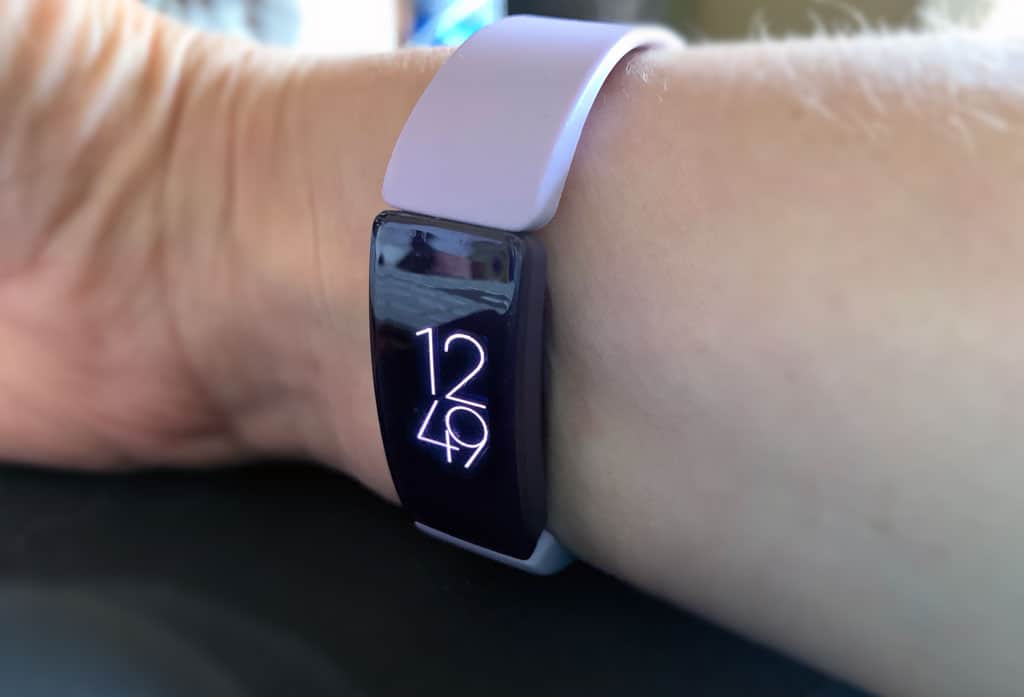
Some people report that wearing their Fitbit above the wrist (at least an inch above the wrist bone–about two fingers above the wristbone) solved their sleep tracking problem.
Regardless of your Fitbit position, always wear it in a snug (but not tight!) position while sleeping.
Wear your Fitbit on your wrist
Some Fitbit models, like the Inspire 2 and the original Inspire, allow you to wear your Fitbit in a clip. 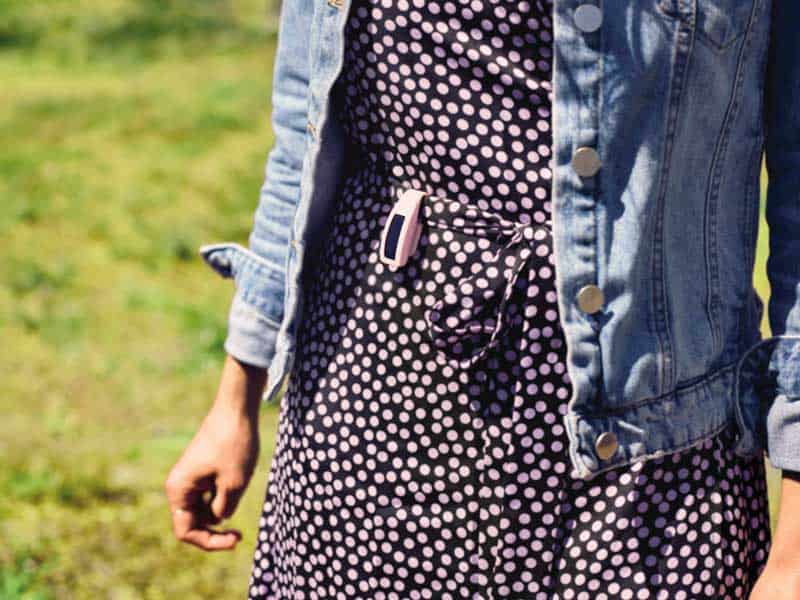
Unfortunately, when you wear your Fitbit in a clip and set your Inspire to on-clip mode, the heart rate sensors automatically turn off.
That means your Fitbit in the clip-position can only record sleep in the three general categories of awake, restless, and asleep since it doesn't record any heart rate data.
So for folks who wear their Fitbits in a clip or pendant when sleeping, try wearing it on your wrist and see if that makes a difference.
When you wear your Fitbit on your wrist and set it to wrist mode, it automatically detects when you sleep and records your sleep stages using your heart rate information.

That's why you must check that your Fitbit is set to on-wrist and not on-clip mode in the Fitbit Settings app.
To change your Fitbit Inspire to the on-wrist setting
- Press and hold the button for about 2 seconds on the Fitbit Inspire Series to open your Fitbit's Quick Settings.
- Scroll down past the settings for battery level, screen wake, notifications, and tap on-clip to change it to on-wrist.
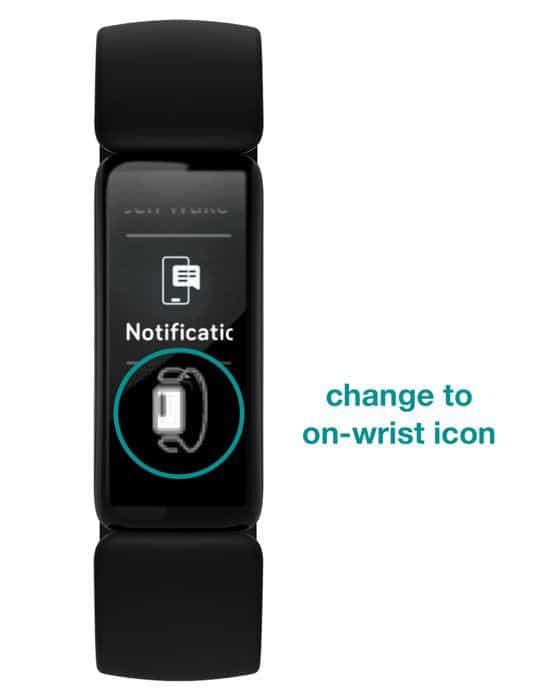
- Press the button again to return to the clock face.
Please note that only the Fitbit Inspire and Inspire 2 support on-clip. The Fitbit Inspire HR does not offer this setting–it is always in on-wrist mode.
Love wearing your Fitbit in a clip?
If you prefer to wear your Fitbit in a clip during the day, make sure you place it on your wrist and change its setting to on-wrist to capture sleep data when preparing for bedtime.
If you don't care about your sleep stage information, you can continue to wear your Fitbit on a clip throughout the day and night.
Just remember that your sleep information will only include time spent asleep, awake, and restless.
Check the Fitbit battery level
Is the Fitbit battery critically low?
If your battery is critically low, your wearable may have switched off sleep tracking during the night to preserve its battery.
Ensure you charge your Fitbit sufficiently before you go to bed.
If time is short, charge your Fitbit for 20-30 minutes before you go to sleep–this should provide enough battery to last through the night.
Change sleep sensitivity settings
There is a sleep sensitivity setting in the Fitbit app. The default option is the normal setting.
The normal setting only counts significant movements, such as rolling over.
The sensitive setting results in your device recording nearly all movements as time spent restless or awake.
How to change your Fitbit's sleep sensitivity settings
- Open the Fitbit app and tap the Today tab.

- Tap your profile picture or icon, then scroll down to the Settings heading
- Find it just after the wording to '+ Set Up a Device, and Shop Fitbit.
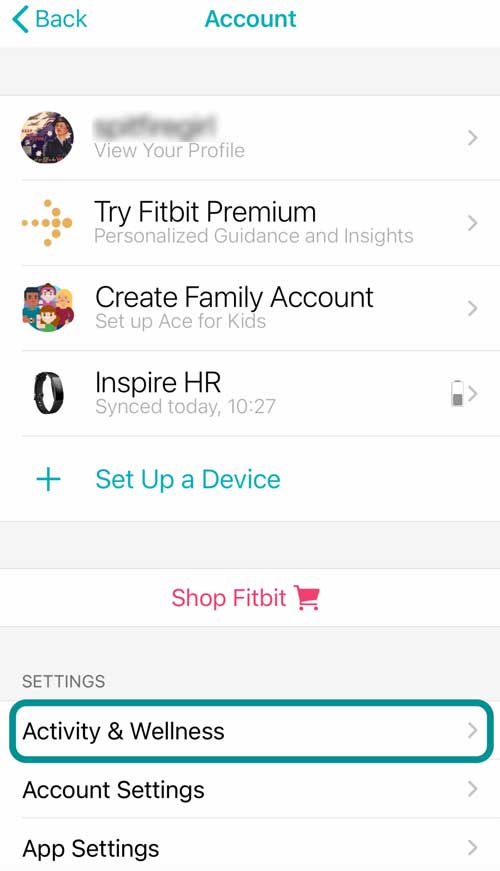
- Find it just after the wording to '+ Set Up a Device, and Shop Fitbit.
- Choose Activity & Wellness, usually the first one on that list.
- Select Sleep from the list of options.

- Scroll to the bottom and choose Sleep Sensitivity.
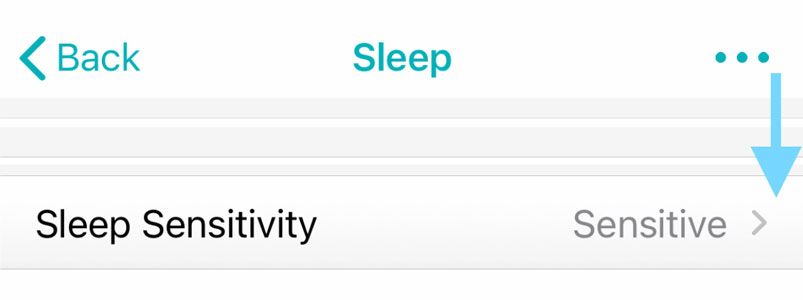
- Choose Sensitive instead of Normal.
- If Sensitive is the current option, try Normal.
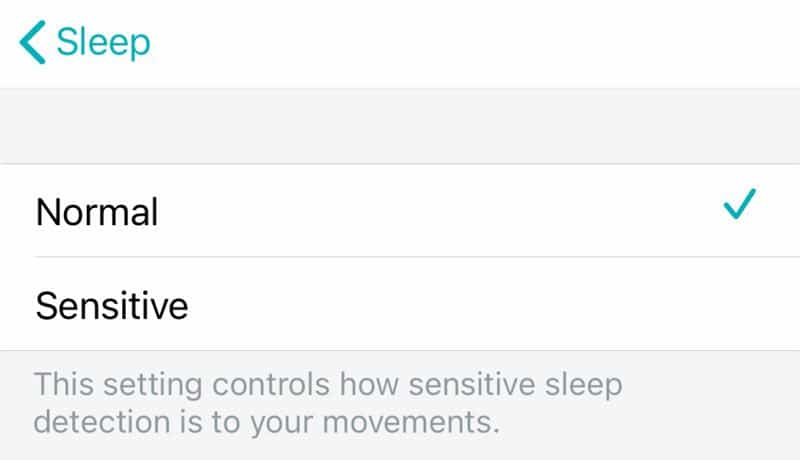
- If Sensitive is the current option, try Normal.
For older FitbitOS versions
- Open the Fitbit app and choose the Accounts tab.
- If you don't see accounts as a tab, choose the Today tab, and tap your profile icon or picture.
- Tap Advanced Settings.
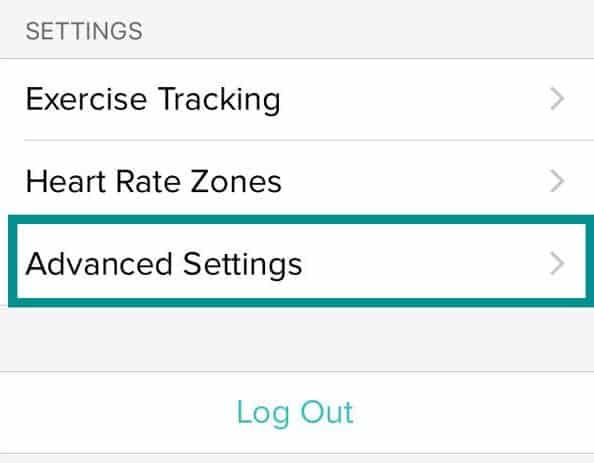
- Tap on Sleep Sensitivity and choose from the available options.
Don't tell the Fitbit app you are going to bed
All wrist-based Fitbits automatically sense when you are sleeping when wearing your Fitbit to bed. So there is no need to tell the Fitbit app you are going to bed or starting sleep.
To get a detailed reading of the sleep stages, do not select Begin Sleep Now inside the Fitbit app when you go to bed. 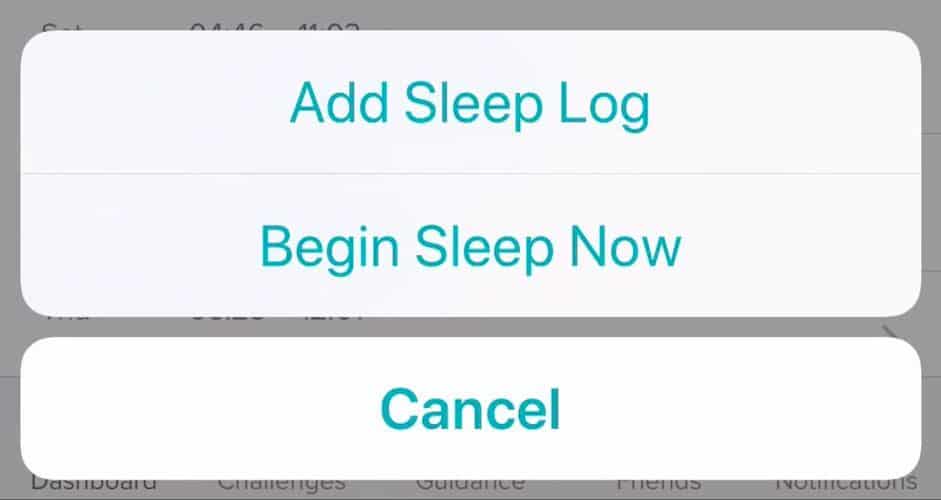
Also, don't tap on I'm Awake when you get up. 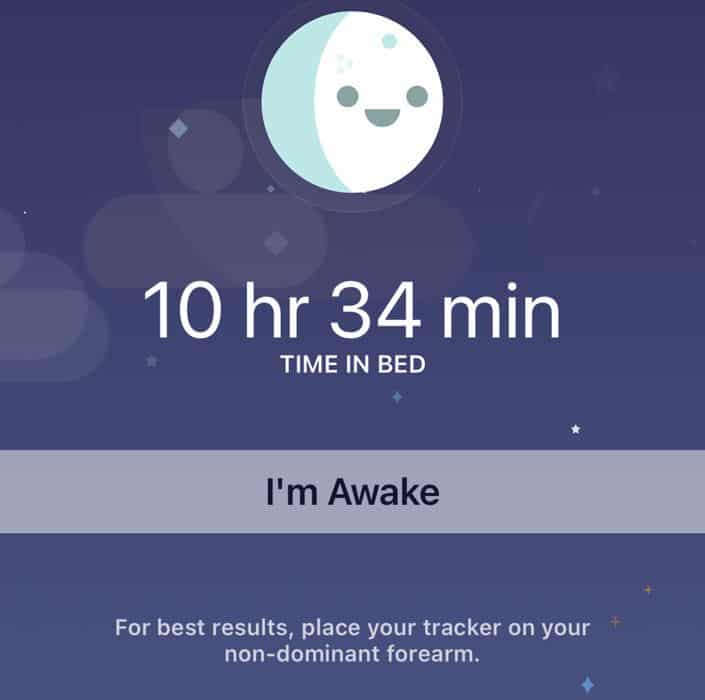
For whatever reason, when you tap these notices in the Fitbit app, your Fitbit does not reliably track your sleep stages. Why? We don't know!
However, taping these app features still tracks your sleep in time awake, restless, and asleep.
We recommend allowing your Fitbit to automatically track your sleep–that seems to be the best way to get all your sleep data, including sleep stages.
Plus, you don't have to do anything–so it's one less thing to do before sleep.
Check heart rate settings
Your Fitbit combines heart rate and movement data to develop a more accurate picture of your sleep cycle.
And seeing sleep stage information depends on your Fitbit getting consistent heart rate information. 
When your Fitbit cannot access consistent heart readings, you get a sleep report that only shows the basic information–time asleep, awake, and restless.
Additionally, you won't see sleep stage info when you sleep for less than 3 hours.
While Fitbit turns heart-rate tracking on by default, it's good to check that you didn't accidentally turn it off.
Also, occasionally the Auto setting does not work–so we suggest you set your heart rate using the ON position rather than auto.
There is no way to turn off heart-rate tracking on Fitbit Sense or Fitbit Versa 3, so you can skip this one.
To turn on your Fitbit's heart rate tracking
- On your Fitbit, open the Settings app > Heart Rate and if off, tap to turn the settingOn . If it's already on, switch it off, wait a few seconds, and switch it back on. Not all models include this setting.
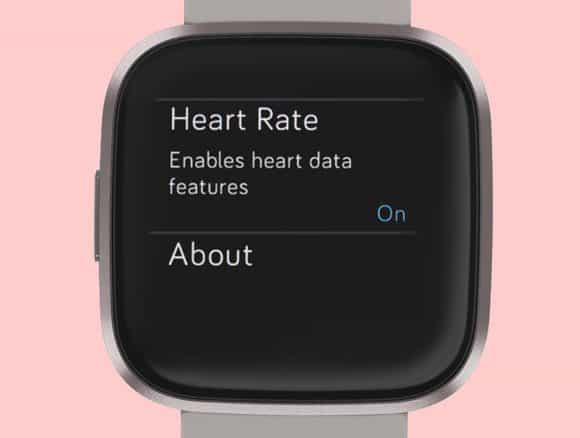
For Fitbit Alta HR and Fitbit Charge 2, turn on heart-rate tracking in the Fitbit app
-
- Open the Fitbit app and tap the Today tab.
- Tap your profile icon or picture.
- Choose your Fitbit device from the list.
- TapHeart Rateand tap to turn the setting to On. If it's already set to on, switch it off, then sync your device. After syncing, switch it back on and sync again.
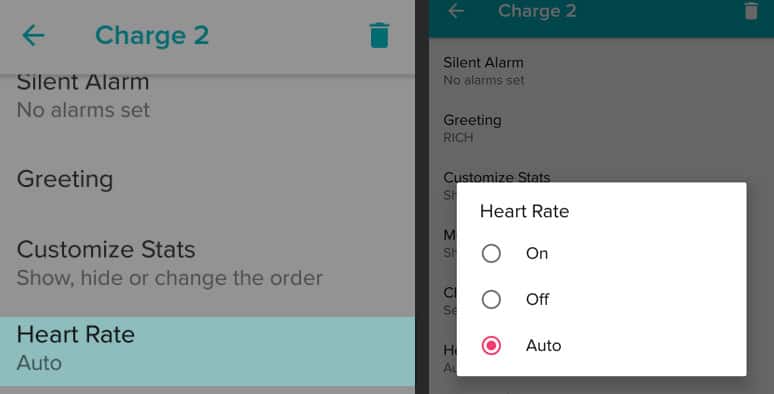
Remove and re-add your Fitbit
To set up your Fitbit as a new device, go to the Account section at the top right corner of the Fitbit app and select the option "Set up a new device."
Follow the on-screen instructions to add your Fitbit as a new device.
Restart your Fitbit
A restart often solves these types of Fitbit problems.
For most newer model Fitbits, go to Settings > Shutdown (or About > Shutdown) > Yes 
You can also manually restart your watch by pressing and holding the button(s) for 10 seconds until you see the Fitbit logo on your Fitbit's screen, then release the button(s).
To restart a specific model, see our page. Need to restart or reset your Fitbit device? Learn the steps
For older Fitbit models, try these restart steps
- Connect your Fitbit to its charging cable and ensure it's plugged in and placed correctly.
- Hold down the button for between five & ten seconds. You will usually see the Fitbit logo appear or the screen flashes.
- Release the button or buttons.
- Disconnect the tracker from its charger and turn it back on if necessary.
Factory Reset 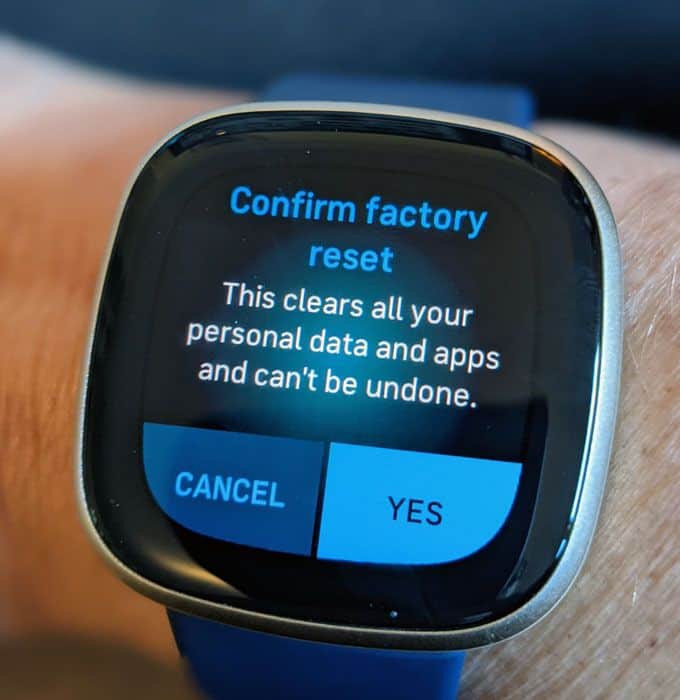
You can try a factory reset if the other options don't fix your Fitbit sleep tracking issue.
This wipes all your stored data and returns your Fitbit to its factory settings.
Most models have different factory reset methods, so look at this article for exact steps.
Unfortunately, most older Fitbits before 2016, like the Fitbit Flex, Surge, and Blaze, cannot be factory reset.
Want more information about your sleep quality, including snore information?
Fitbit offers additional insights into your sleep data, including snore and noise detection and a more detailed analysis of your sleeping heart rate for Fitbit Premium subscription members. 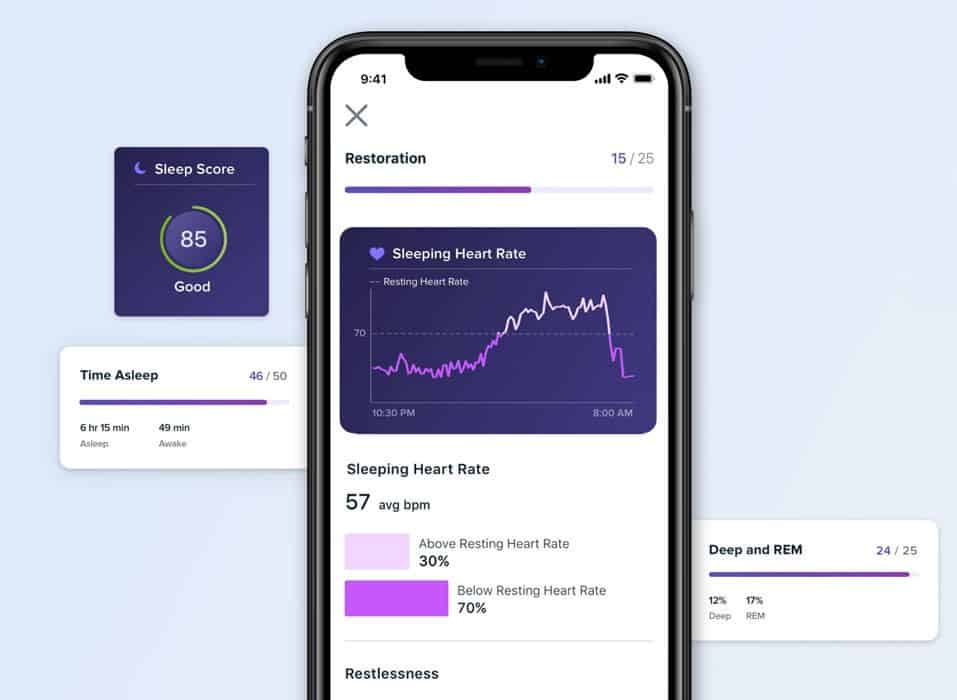
Currently, the plan costs about USD 10 per month or USD 80 per year.
For sleep analysis, you also get a thorough breakdown of your sleep score and personalized recommendations.
Plus, premium members get data on how restorative their sleep is via a Restoration score. You also get a report on any snoring and the noise of your sleeping environment–all using the built-in microphone on your Fitbit! 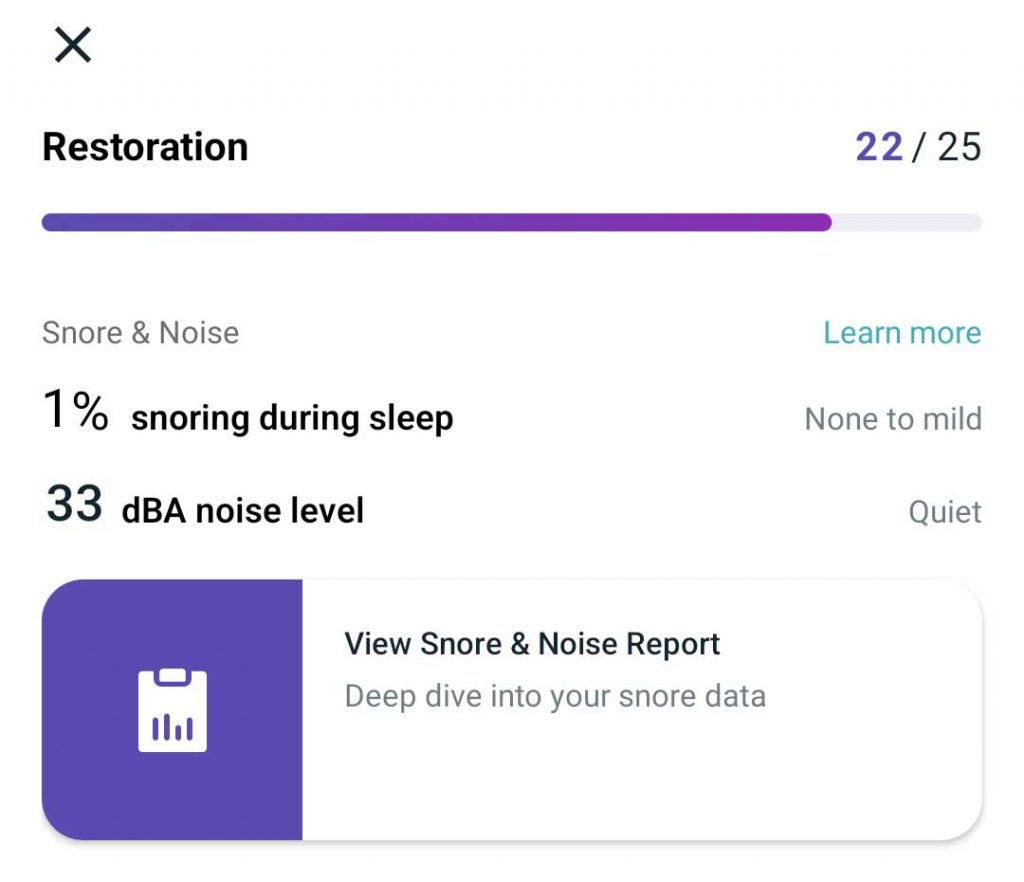
Plus, Fitbit premium also offers guided programs that you use with your Fitbit device to get better sleep each night.
Summary
I hope this article has helped you fix your Fitbit sleep tracking problem.
If you have more questions or anything to add, please let us and everyone else know about it in the comments section below!
If you liked this article, you can follow us on social media by using the social media buttons!
macdermottpubset48.blogspot.com
Source: https://www.myhealthyapple.com/fitbit-not-tracking-sleep-or-is-inconsistent-lets-fix-it/